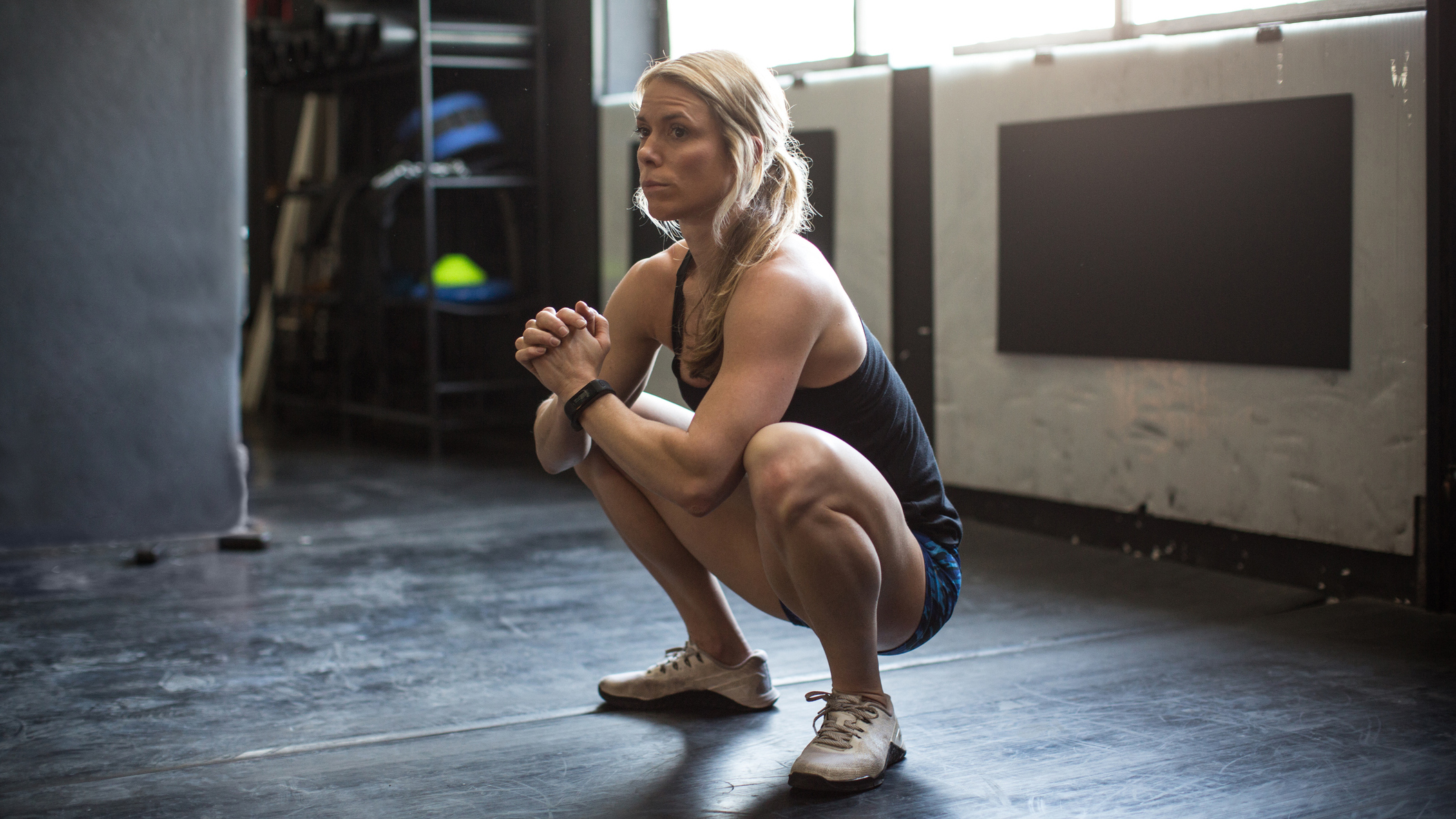
The squat is a well-known lower-body exercise that targets multiple muscle groups. A deep squat elevates the standard exercise to the next level, demanding more mobility in your hips, quadriceps and glutes. It also builds strength and stability in your core, because you have to engage your trunk muscles to maintain your balance.
Trainer Malin Malle, known as Calixpert on Instagram, uses calisthenic exercise principles to help her clients improve their strength, mobility and flexibility. While calisthenics may seem daunting for beginners, the good news is that there's often a step-by-step progression from an easy movement to a difficult one. Practice regularly and you'll be amazed at what your body can do.
In her post, Malle, outlines such a progression.
How to progress to a deep squat
Benefits of a deep squat
There are many benefits to performing deep squats. "Probably the most obvious would be improved quadriceps [front of thigh], hamstrings [back of thigh] and gluteal [buttock] muscle mobility," says Stuart Galise, a physiotherapist and clinical director of Physioimpulse.
Galise says these muscles are vital for everyday movements, such as sitting down and standing up from the floor. A 2014 review in the European Journal of Preventive Cardiology hypothesized a correlation between musculoskeletal fitness—measured by the ability to perform a floor-sit-and-rise unaided—in subjects over 50 and their mortality from all causes. While squats may not save your life, maintaining the muscles you need for this movement may contribute to a longer, healthier life.
What is calisthenics?
Earlier this year, we spoke to trainer Gus Vaz Tostes who outlined the differences between CrossFit and calisthenics. "[Calisthenics] is very similar to Olympic gymnastics, through its inclusion of pulling, pushing and handstand sequences," says Vaz Tostes. "It originated in parks; however, it has now moved to gyms and group classes. It is a very accessible training methodology as you only use your bodyweight. But, if possible, you'd need access to a pull-up bar and some parallettes."







